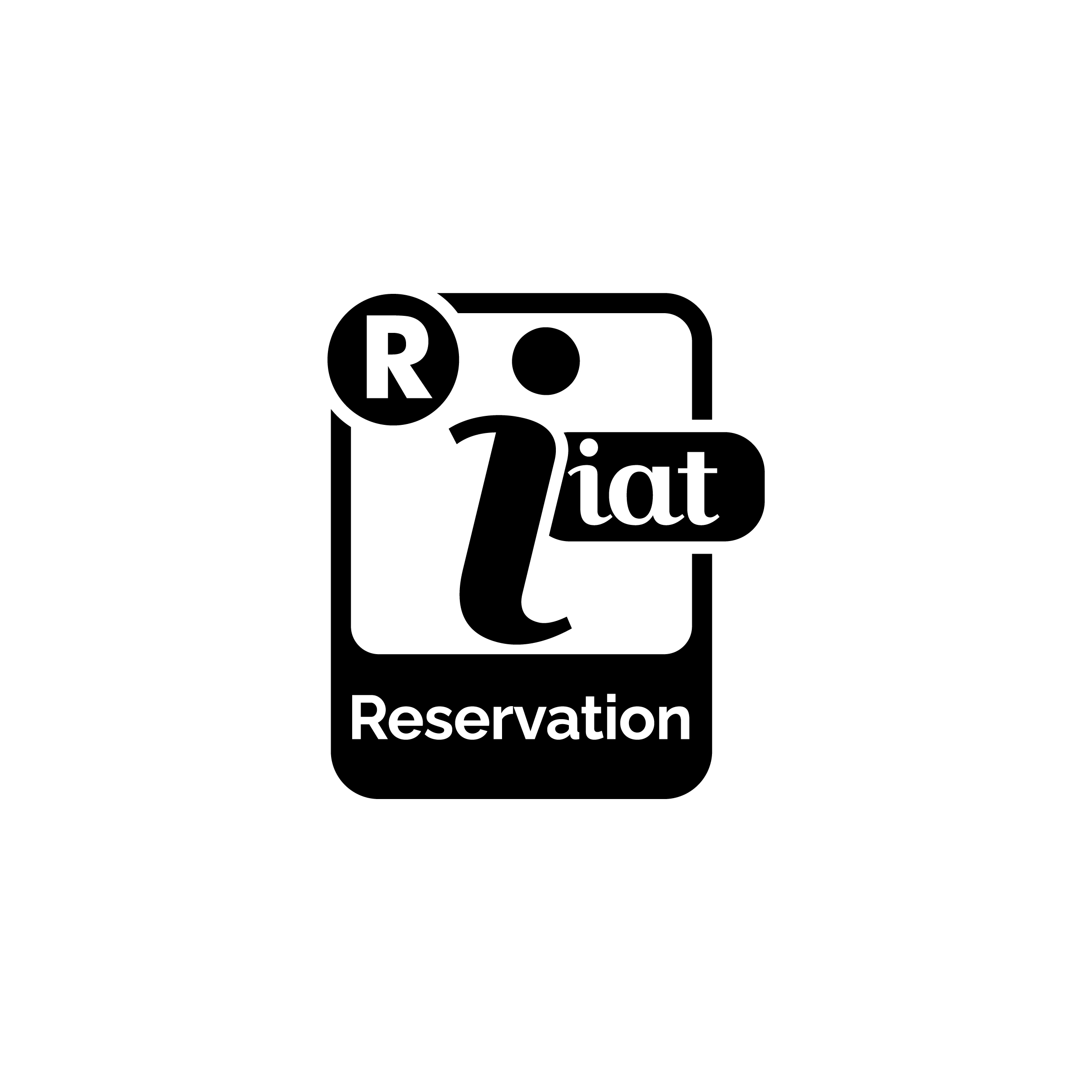Castellarano
Information
Altitude: 149 m
Inhabitants: 15.278 (updated to December 31, 2022)
Post code: 42014
Weekly market day: Thursday
Patron Saint: San Rocco (August 24)
Hamlets: Cadiroggio, Roteglia, San Valentino, Tressano
Contacts
![]() 0039 0536 850114 - Town Hall
0039 0536 850114 - Town Hall Town Hall of Castellarano
How to get there
Castellarano
By car
From the Reggio Emilia exit on the Motorway A1: take SS567 to Scandiano, then the Provincial road to Castellarano.
By train
From Reggio Emilia: TPER train Reggio Emilia-Sassuolo then bus No. 88.
By camper
Free Area sosta camper in via Don Reverberi, 17.
Location
The town is located in the hills, on the left bank of the Secchia River, to the south east of the administrative centre of the province.
Reasons to visit
The town is an example of a fluvial castle town with a large, well conserved historic centre, clearly maintaining its original Medieval layout. The settlement, documented as far back as 900 is, however, older, as revealed by archaeological findings in the vicinity.
The Village: The main street is still paved with river pebbles. At the base of the hill is the fifteenth-century Rocchetta, owned by the municipality, from which the walls departed, still partly visible. Two cobbled streets run through the ancient village and lead to the Castle (private) and the Clock Tower, an ancient medieval lookout destined to watch over the Secchia. Opposite the Castle is the parish church of Santa Maria Assunta, of Romanesque origin.
When to go
The best seasons for visiting are spring and summer, so as not to miss the attractions of the surrounding hilly area.
Not to be missed
The Santa Maria Assunta Church whose crypt conserves Romanesque elements; the XV-century Rocchetta and the Clock Tower.
Fun fact! In Castellarano there is a garnet-colored Big Bench (located on Mount Malee), in the hamlet of Roteglia, with a wide panoramic view of the Secchia valley and the main hills of the area, including Monte Cusna and Monte di Valestra. You can easily reach the bench on foot after parking at the San Valentino farmhouse.
Keeping fit
The Castellarano territory is characterized by several naturalistic and tourist trails that link to various villages and locations, through the green landscape of the hills. Crossed by the CAI 602 path and its many variants, it is also within the wider hiking trails of the upper and middle Secchia river and the Via dei Vulcani di Fango.
In the vicinity
At Campiano is the Santuario della Beata Vergine della Neve (Sanctuary of the Blessed Virgin of the Snow) dating back to the XVIII century; there is the Castle of Roteglia; in San Valentino is a beautiful adjacent valley and the village, from the XI century, has a Castle and Romanesque parish church.
Leisure activities
The San Valentino Golf Club is located in the valley of the same name.
Events
Grapes Festival - Third weekend of September
Historical parade (Sunday).
Historical notes
The town is an example of a river castle village with a vast historic center in an excellent state of conservation, which allows the reading of the original medieval layout. The settlement, already documented in the 10th century, is however much older, as evidenced by various archaeological finds in the surrounding area. The first traces date back to the Mesolithic (XI-VIII millennium), especially in the areas of Campiano and Gambarata. Very substantial evidence of a long-lasting Etruscan and Roman presence first, have been found in the historic center of Castellarano, above the remains of the ancient terramare.
After the fall of the Roman Empire, around the second half of the sixth century, Castellarano was occupied by the Longobards who placed a military garrison here, also due to the proximity, in the Apennine area, of their opposing Byzantine troops. This important settlement is amply documented by numerous archaeological finds and large necropolises with tombs mostly belonging to warriors, with funeral kits consisting of weapons, now preserved in the museum of Reggio Emilia.
Few traces remain of the Matildic period (10th-11th centuries): it is known that the Countess Matilde owned a house and a chapel in Castellarano which she donated to the Monastery of Polirone (S. Benedetto Po); in 1106 the Countess held a placit at the church of S. Maria, she entrusted the government of Castellarano to a family of local nobles and, in the municipal era, Castellarano swore allegiance to Reggio Emilia. The city, in fact, was very fond of the small center since here was the entrance to the very important Reggio canal which drew water from the Secchia to feed the sewers, productive activities and mills in the city.
During the struggles between Guelphs and Ghibellines, Castellarano was the seat of very aggressive Guelphs, for this reason the fortress was besieged and destroyed. In 1319 the warlike Da Roteglia family occupied Castellarano and, between ups and downs, was linked to the history of the town until 1419, the year in which Castellarano was definitively occupied by the Estensi troops. Castellarano suffered serious damage from the fire of 20 July 1944, set in the town, in retaliation, by German troops: they burned many buildings in the historic center including the palace, which was rebuilt in 1974.
Curiosity! In 1997 the fossil skeleton of a whale, nicknamed Valentina, was found in the gullies of Rio della Rocca, near San Valentino. The find can be admired at the Palazzo dei Musei in Reggio Emilia.






